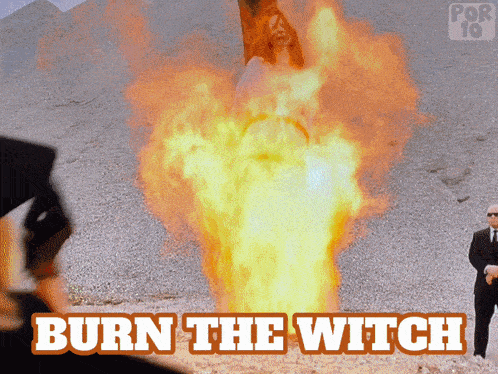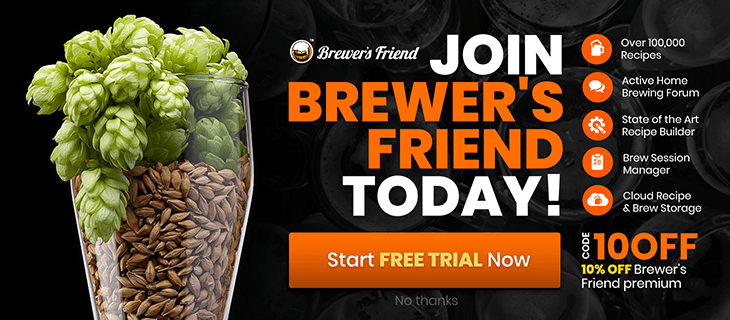- Joined
- Nov 23, 2023
- Messages
- 34
- Reaction score
- 86
- Points
- 18
I made a hoppier amber ale in September where I used a significant (for me) amount of hops (about 1.5 ounces) added to the kettle while cooling the batch. I added the hop stand charge at 160F and then cooled it to transfer temps (for me 80F) over about 30 minutes with an immersion cooler running tap water. I'm thrilled with how the beer turned out. It has a nice level of hop aroma that I thought would have required dry hopping to reach.
So my question for you hop heads is what are the advantages of dry hoping verses hop stand/whirlpool? I feel like if I can get this much flavor from the whirlpool/hopstand I may not need to dry hop ever. It was hoppy enough to me that if someone said it was an IPA, I wouldn't have disagreed.
So my question for you hop heads is what are the advantages of dry hoping verses hop stand/whirlpool? I feel like if I can get this much flavor from the whirlpool/hopstand I may not need to dry hop ever. It was hoppy enough to me that if someone said it was an IPA, I wouldn't have disagreed.











